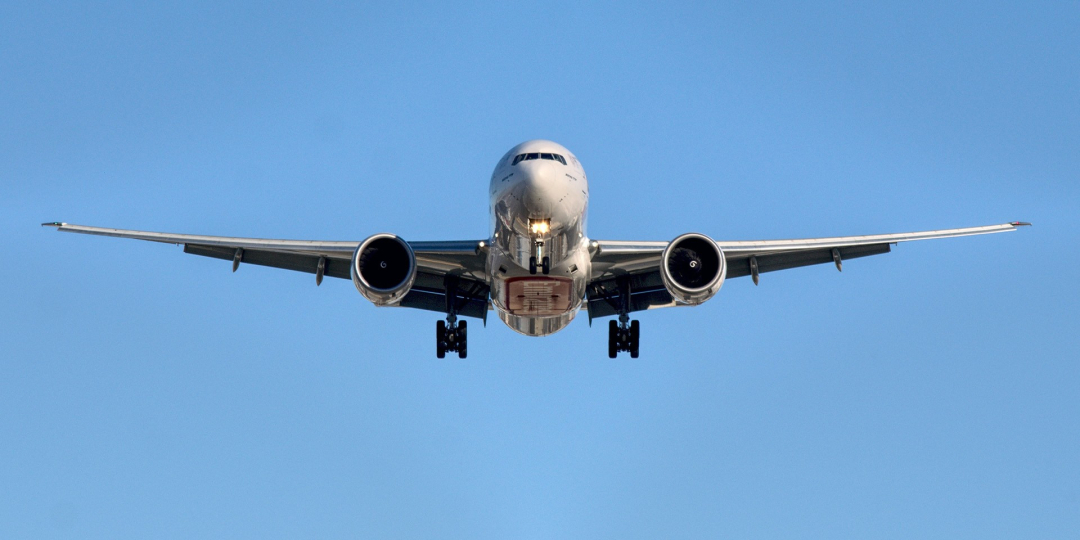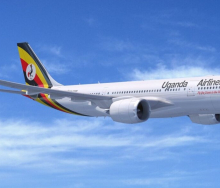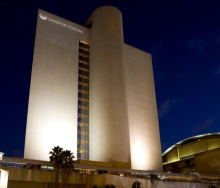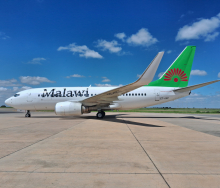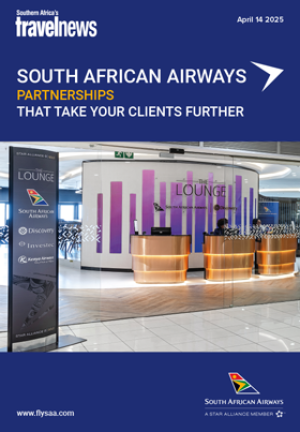Despite claims from ATNS in an April 8 press release, that instrument approach procedures for eight priority airports have been approved by the South African Civil Aviation Authority (SACAA), the picture that emerges is somewhat unclear
ATNS claims that all critical flight approach procedures at the eight priority airports, OR Tambo International Airport, King Shaka International Airport, Cape Town International Airport, Chief Dawid Stuurman International Airport in Port Elizabeth, Polokwane International Airport, Lanseria International Airport, George Airport and King Phalo Airport in East London, were submitted to the SACAA and have since been approved.
Furthermore, ATNS claimed that procedures at only three airports, Richards Bay Airport, Upington Airport and Bram Fischer International Airport in Bloemfontein, have yet to be approved by the SACAA and these procedures were suspended on Tuesday, April 8. ATNS says these airports will only be accessible during visual meteorological conditions, with no access permitted during poor visibility.
Kirby Gordon, FlySafair's Chief Marketing Officer, explained that the carrier, which operates flights to Bram Fischer Airport, will still be able to operate to the airport using Visual Flight Rules – but only when the visibility and cloud clearance permits this.
“The nett result is that we’re going to have to keep a close eye on the weather and manage customer expectations accordingly,” said Gordon.
Clarity lacking
There appears to be a lack of clarity about the exact nature of the approvals that ATNS has at the eight airports.
“ATNS does not say if all or just some of the Instrument Flight Procedures (IFPs) for the eight priority airports have been re-approved,” points out Linden Birns, MD of Plane Talking, a consultancy within the airline industry. “While it talks about approaches it says nothing about departures.”
Birns says the ATNS media release also omits to state that IFPs cover every aspect of an airline flight, including take-offs, the ascent to cruising level, the cruise itself, the descent, approach and touchdown, even for visual approaches in broad daylight with clear visibility.
In March, the Department of Transport warned that ATNS may have to seek additional extensions from the SACAA for temporary alternative means of compliance (AMOC) on flight procedures at airports including OR Tambo, Cape Town and King Shaka, as reported by Travel News.
Birns says there are still suspended IFPs at OR Tambo, Durban, Cape Town, Lanseria, Upington, Polokwane, Bloemfontein, George and East London.
“ATNS’s statement is vague,” said Birns. “It does not say how many of the procedures were approved, what type of procedures they are, if it is just those that were covered by AMOCs (that were due to expire this week), whether the approval was just an extension of the AMOCs or if it means ATNS has actually completed the necessary survey and paperwork to the SACAA’s satisfaction so that it can issue a standard approval valid for five years.”
Travel News approached ATNS to confirm the extent of the procedures that received approval, and to find out if the approvals are CAA procedure approvals or if they are approvals of AMOC extensions, but ATNS had not responded by the time of going to press.
However, ATNS issued a second statement on April 9, providing an update on outstanding IFP approvals, stating that Polokwane’s airport received an exemption approval for its instrument approach procedure.
ATNS also now says that it is working on the maintenance of flight procedures for Bram Fischer, Upington, and Richards Bay airports - it expects to submit these to SACAA for approval by April 30. Thereafter, it intends to apply for AMOCs for the procedures at the three airports covering the interim.
Staff shortage
Even though ATNS confirmed that it had recruited ten controllers, Transport Minister Barbara Creecy recently said they won’t be operational until sometime in July at the earliest.
“Until then ‘flow control’ - where intervals between flights are extended so that the available controllers are not overwhelmed - continues to be applied in Johannesburg’s airspace. As a result, we are still seeing delays with long queues of aircraft waiting to depart at OR Tambo, as well as inbound flights being put in prolonged holding patterns before being cleared to continue their approach and landing,” said Birns.
